Architectural Project 6 Summer 2012

SHERIDAN INSTITUTE
ARCH34231
Davis Campus, Brampton
|
Architectural Project 6 Summer 2012 |
|
SHERIDAN INSTITUTE |
|
ARCH34231 |
Davis Campus, Brampton |
TERM ASSIGNMENT:
Clarke Hall, Port CreditContents
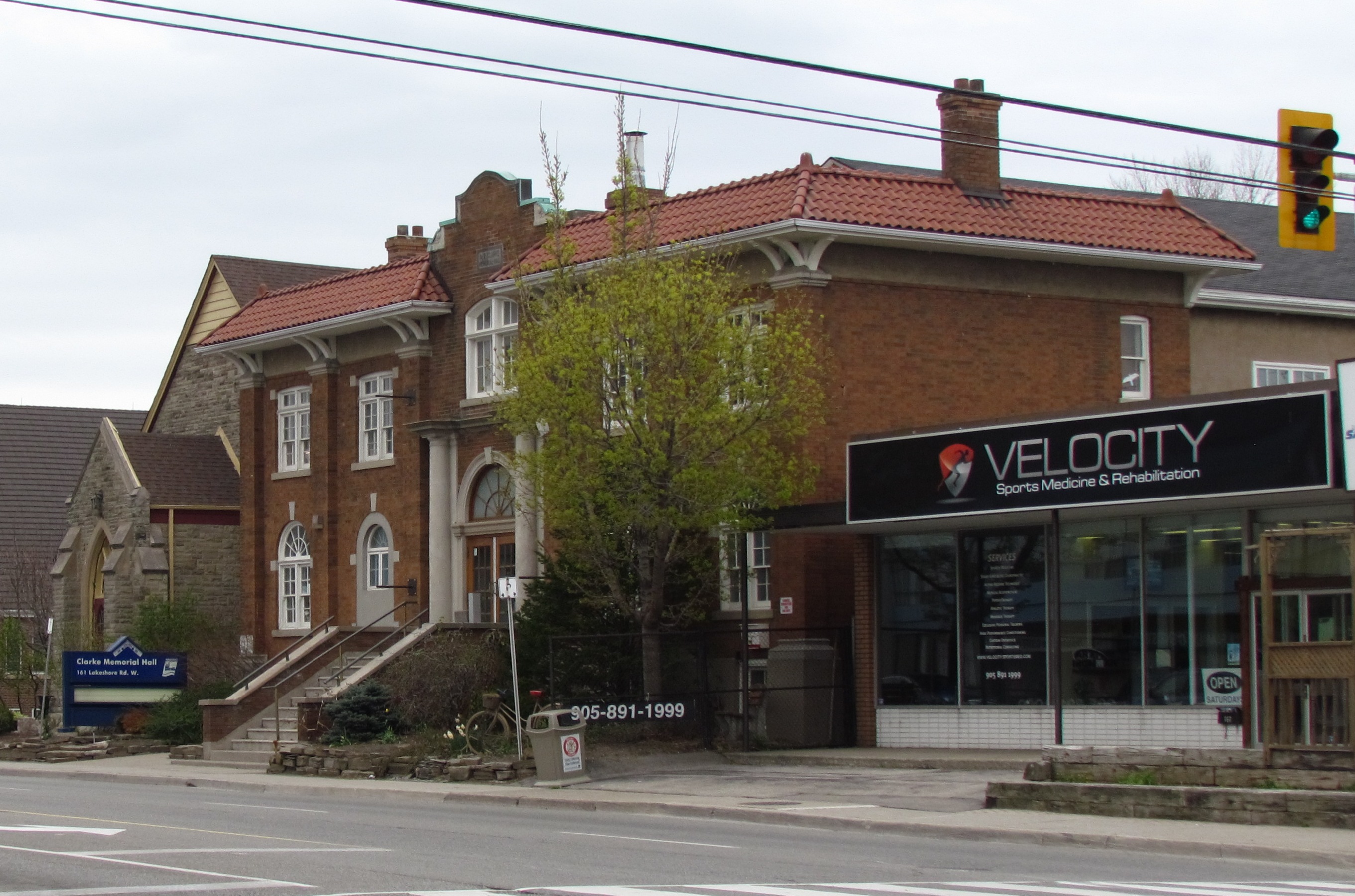 |
Your task is to explore issues particular to the creative adaptation and re-use of an existing moderately complex, multi-storey building renovation and addition...
Topics of particular interest in this project are: · adaptive reuse of existing subject building
·
Rationalization of a new program
against existing structure, building code and zoning constraints
·
Demolition of certain building
elements
·
Development of new building
areas in response to the user needs · Analysis of the project under Part This is your final Project Course. In many ways it should be an opportunity to synthesize much of your learning of the past three or four years and apply it to an architectural project.
·
Parts 3 and 11 of the OBC
·
Exploration of design
alternatives
·
Presentation of a preferred
design to a Client
·
Preparation of a
representative set of working drawings |
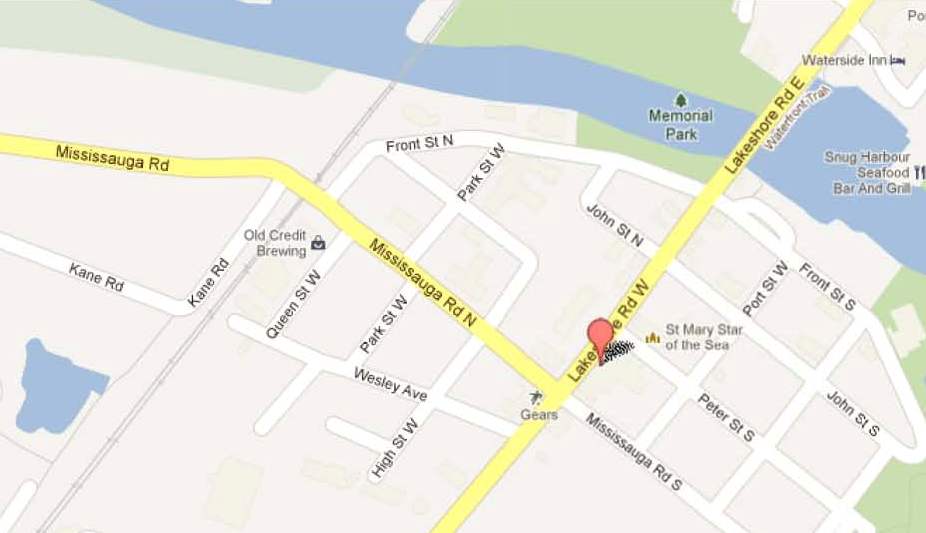 |
The
subject building and site selected for this summer’s project is commonly known as Clarke
Memorial Hall, located at 161 Lakeshore Road West
in the Old Port Credit Village Heritage Conservation District in the City of
Mississauga., Mississauga (Port Credit).
|
|
|
|
|
Clarke Memorial Hall is associated with the Boustead and Clarke families, with the Port Credit Methodist Church, and with the administrative operation of the Village of Port Credit. James Bellingham Boustead, a Toronto entrepreneur, was an active member of his community, and was actively involved with the Central Methodist Church, the Temperance League as well as holding local office in the municipal council of Toronto from 1865 to 1897. As a businessman, Boustead was a shareholder and the first president of the Toronto and Lorne Park Summer Resort Company, which bought land in Mississauga's Lorne Park and built summer homes. Boustead, himself, summered in Lorne Park, as did his daughter, Mary Louise Clarke. Upon Boustead's death, Mary Louise continued her father's community work and especially his association with the Methodist Church. She was approached by the Port Credit Methodist Church to help build a hall for the Methodist Sunday School, which would also accommodate church meetings, community concerts and other events. Mary Louise Clarke purchased the property next to the church and, in 1922, construction began on the building. It was named in memory of her late husband, Alfred Russell Clarke, who had died as a result from pneumonia which set in after he survived the 1915 sinking of the luxury liner the Lusitania in the North Atlantic. In 1923, the property was donated to the Port Credit Methodist Church with the stipulation that the building be used for public purposes. It served as a church hall and, from 1941-1974, as the Port Credit Municipal Offices. Upon amalgamation of Port Credit with the City of Mississauga, the building was converted into a community centre. During the 1970s it also housed the offices of the Mississauga Symphony. Today, it remains a community hall. This rectangular, two-and-a-half storey building is constructed of red brick upon a stone foundation and is a fine example of Spanish Colonial Revival popular in the 1920s for public buildings. |
|
|
Download
pdf document of Clarke Hall complete with sketches and images
click here |
|
| Download the existing building drawings as an autocad file click here | |
| 4.0 Architectural Description | |
|
The two-and-a-half storey, buff brick building is a landmark in the Old Port
Credit Village Heritage Conservation District. Its buff brick walls are
contrasted by the stone columns and arches and the white mullions of the
multi-paned windows. Two chimneys, at opposing ends of the structure, protrude
above the clay roof tiles, as does the curved front gable. The roof, covered in
red clay tiles, gives the illusion of a truncated hipped roof in the front
portion, while the two storey rear addition, which houses the building's
auditorium and stage, is covered by a gable roof. Six monumental pilasters with stone capitals and bases divide the symmetrical facade into five bays. The centre bay is highlighted by a classical entrance, which is approached by a wide staircase of brick and stone. Tall engaged columns and pilasters in a modified Roman Doric arch frame the entry. Above the main doorway is the inscription “The Town of Port Credit Municipal Offices”. Four round-headed, fan lit windows are found on the main floor, while segmental square-headed sash windows are on the upper floor. One of the main floor windows has been converted into a door to allow for barrier-free access. In the centre, beneath a false wall front, is a double-hung segmental window. The crowning feature is the baroque-like curvilinear centre gable that breaks the otherwise straight silhouette of the roofline. A commemorative plaque is located in this centre gable. Two chimneys, one at either end of the main block, protrude their corbelled caps and chimney pots above the roof. |
|
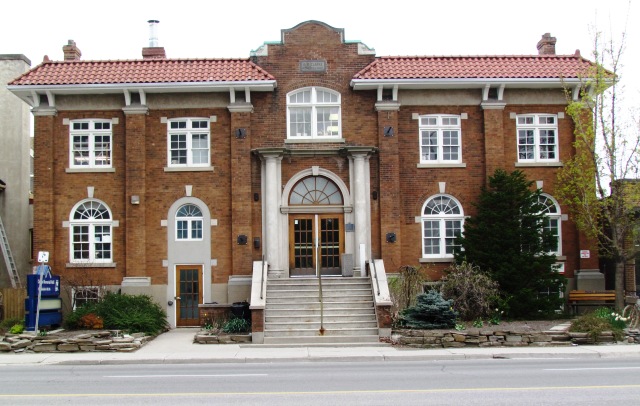 |
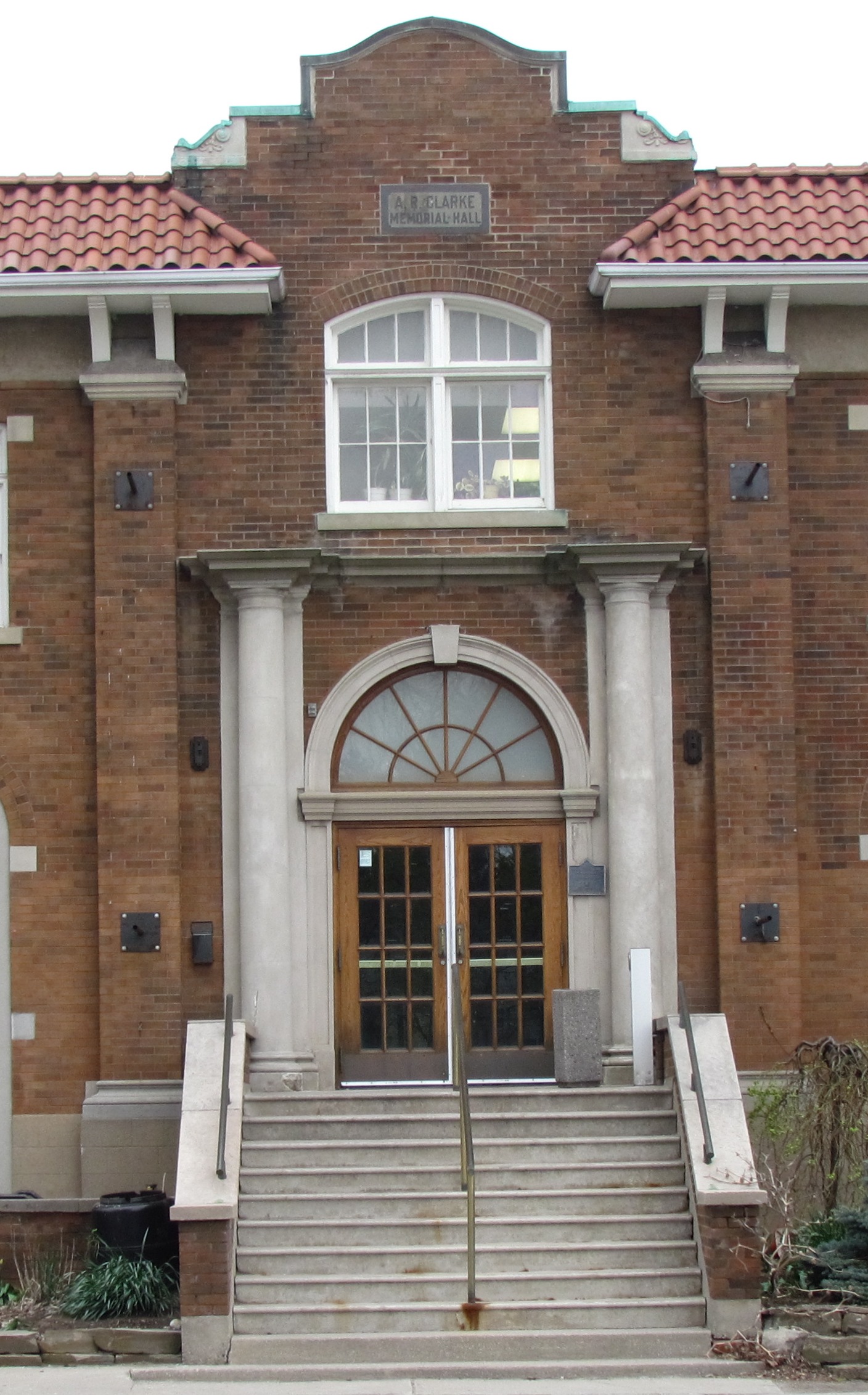 |
| 5.0 Urban Design Issues | |
| Clarke Memorial Hall is one of the key buildings within the Old Port Credit Village Heritage Conservation District, forming part of a significant institutional block on Lakeshore Road. Its size, location along the west bank of the Credit River and architecture make this building a landmark structure. There is also a draft document available called the "Port Credit Built Form Guidelines and Standards" which is available on-line at <DraftBuiltFormGuidelines_portCredit2012.pdf>. We are asking that these guidelines be followed as if they had been formally adopted. A link to the Port Credit Local area plan has other documents of interest of which the built form guidelines are simply an appendix. | |
| 6.0 Character-Defining Elements | |
|
Character defining elements that reflect the heritage value of Clarke Memorial Hall include its: - Rectangular, two-and-a-half storey Spanish Colonial Revival popular in
the 1920s for public buildings |
|
|
|
|
| 7.0 Proposed Adaptive-Reuse | |
|
|
8.0 Proposed Community Cultural Centre
|
|
This project provides the unique opportunity to breathe new life into an existing building, prolong its life and set this historic building into a more sympathetic context. When assessing appropriate activities to be accommodated in a revived Clarke Hall, it is important that we consider both the traditional uses that it has been put to, as well as its urban context and the needs of the community
|
|
Your first task will be to establish a functional programme for your users. In order that the course might explore a wide range of functional requirements, and respecting the course outline description of a "moderately complex, multi-storey building renovation and addition", we will ask each project team to define, in architectural terms, the facilities are being proposed to serve the Port Credit neighborhood. |
|
We would like to see this facility as an incubator of artistic endeavors. It is to provide facilities for performers--musicians and stage actors; and for visual artists--painters and sculptors. They will need rehearsal spaces, dressing areas, performance spaces, instructional spaces, exhibit areas, and refreshment areas. There will be a need for marketing and ticket sales offices. And what about a shop for the sale of paintings and the crafts created by those who work in the building? Most communities have come to realize that commercial frontage--as opposed to institutional ones and office buildings--are what animates a street. Lakeshore West is a street that wants to be animated. |
|
Core Requirements: While we leave the details of the programme to you, there are a number of basic components which must be included to assure us that the requirements of the course are being met ("moderately complex building"; "multi-use"). Remember as well, that your designs must extend beyond the footprint of the existing building to include new construction as well as rehabilitating the existing Clarke Hall. |
|
| Main performance space: This will be a space which is suitable both for musical presentations as well as live theatre. The requirement is that it seat an audience of no fewer than 300 people. If the space is being used for professional (i.e. unionized actors, performers) presentations, a larger seating capacity (if the theatre can be filled) is more viable. |
|
| Multi-purpose Rooms (One large and one small): These are rooms which might be used for rehearsals of stage productions or musical performances, or alternatively be used for the "neater" forms of art instruction (life-drawing), art lectures. |
 |
| A cafe: This would be a franchise operation such as Starbucks or Second Cup who would be leasing their space. Consider an outdoor patio area as a bonus, and the possibility of this commercial space operation different hours than your main activities. |
 |
|
Dressing Rooms and other Backstage Requirements: These requirements
will have to be researched. There are union requirements in terms of shower
and toilet facilities. There will be the need for a laundry, and a "Green
Room" (actor's lounge area).
|
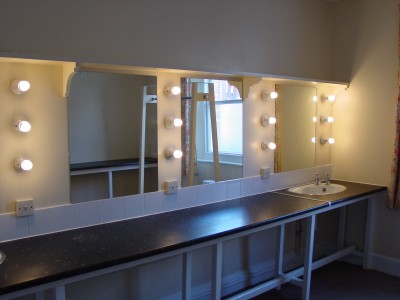 |
| Scenery and Prop Shops: Sometimes these activities happen "off site" but in this case the transporting of scenery back and forth becomes another cost to the theatre company. Woodworking and painting activities are a particular challenge for an architect when they are in the same building as an assembly use. This will be an OBC issue which we will have to address. |
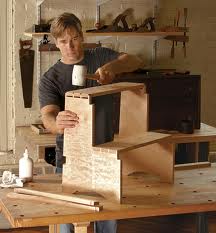 |
| Street frontage Commercial Space: As has already been stated, it is important for us to consider the impact of street-level activities on the street. Commercial spaces--and those that operate maximum hours, like restaurants and bars--are ideal. Our hope is that you might find a location for a cafe which both can serve the building users and pedestrians, but you might also look for some other compatible commercial activity to complement the other building functions. |
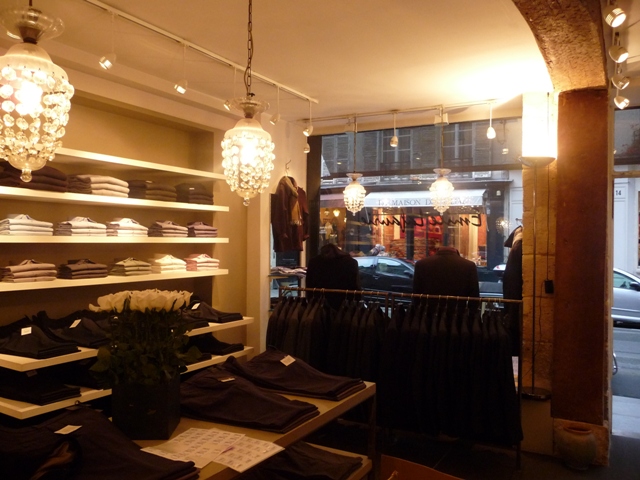 |
| Administrative Offices: A facility of this will need a minimal administration to ensure its smooth operation. At most we could see a facility manager and perhaps a receptionist/booking clerk. There would also be a custodian (janitor) who would need a minimal office space, and perhaps if this was located near a receiving area, it would be best located to sign for janitorial supplies and staging materials which will be arriving from time to time. | |
| Other Uses: As you become more familiar with the building and the neighbourhood that this new cultural centre is to serve you may feel that some other ancillary activities might be useful in this building. Feel free, with justification, to include for these. Some possibilities include the following: | |
| Artist Studios: Visual artists are always on the look-out for appropriate studio facilities that are well-priced. The requirements for painters and sculptors can be somewhat different. T If the building footprint allows for it, provide more of these. |
 |
| Practice Rooms: Likewise instrumentalists and singers often are unable to practice their art in their homes. Consider practice rooms for musicians. These should provide sound isolation from each other and the rest of the building. Only one of these need be large enough for a grand piano. |
 |
| As mentioned earlier the site is designated under the Ontario Heritage Act which means that the owner must apply to the local municipality (in this case Mississauga) for a permit to undertake alterations to any of the identified heritage elements |
| Therefore you must be
respectful of the building, and its historical characteristics.
We will be looking for a creative approach that successfully marries the
re-use of the building while keep intact its history and characteristics. |
|
The adjacent land uses on the South side of Lakeshore West are currently a church and a private school to the east; and an architecturally incompatible commercial space to the west. Across the street you have street level commercial and a high-rise apartment tower. At the nearest major intersection--that of Mississauga Road and Lakeshore Road West, there is a service station with and "On the run" to the south-west; a renoun bicycle shop, "Gears" to the north west; and a fitness studio to the north east.
|
| While a lot of the users will arrive on foot. There will be a need to provide some on-site parking, a shipping/receiving door and perhaps consideration should be given for a "drop-off" zone (NOT on Lakeshore West) |
10.0 Project Staffing (Team Composition)
|
For weeks 1-7 you will be asked to perform all tasks individually.
For weeks 8-14 you will be working in groups of 3.
At the point, you are going to be establishing you’re “Project Offices”
comprising of the 3 staff members. Working effectively as a team
will be crucial to the success of your office, so be sure to choose your
team with care. The most effective teams are usually those
that are comprised of people with quite different skills. This
provides a opportunity for individuals to work in their areas of
strength. At the same time, the small office requires everyone to
be flexible and to contribute to whatever the demands at any one moment.
As in the real world we do not have the luxury of always choosing who we
work with, the Instructor reserves the right to intervene and may change
the makeup of teams (no later than week 9) in order to ensure that the
teams are balanced and all class members have been included.
Working with friends can be a pleasure, but this does not necessarily
guarantee the best product for your client.
|
|
ARCH34231 has a Credit Value of 6.0. We will be meeting for 6 hours per week, and 84 hours over the course of the term. Please refer to your Course Outline for more details.
|
|
In general terms, you will be
preparing your designs during the first seven weeks, which will
culminate with a presentation of your scheme before a panel of invited
critics or course instructor. Topics to be covered include
programming, evaluating an existing building, adaptive re-use, OBC requirements (in particular Parts 3
and 11), and approaches to public building and site design to ensure
safety, and LEED/Sustainability. |
|
During the remaining seven weeks (8 to 14) you will be carrying through with the Design Development phase of one selected project and be producing a representative set of Technical Drawings for your Community Centre. This will involve an understanding of structural and mechanical systems (although not the detailed design of such systems) and the special details required to integrate new construction with an existing building. |
|
Ast1: Programming (10%) Ast2: Evaluation of the Subject Building (10%) Ast3: Schematic Design (5%) Major Project: Design Presentation (25%) Ast 4:Building Systems (5%) Ast 5: Assemblies (5%) Ast 6 : OBC Analysis (5%) Major Project: Final Submission (35%) |
| There is no final test.. |